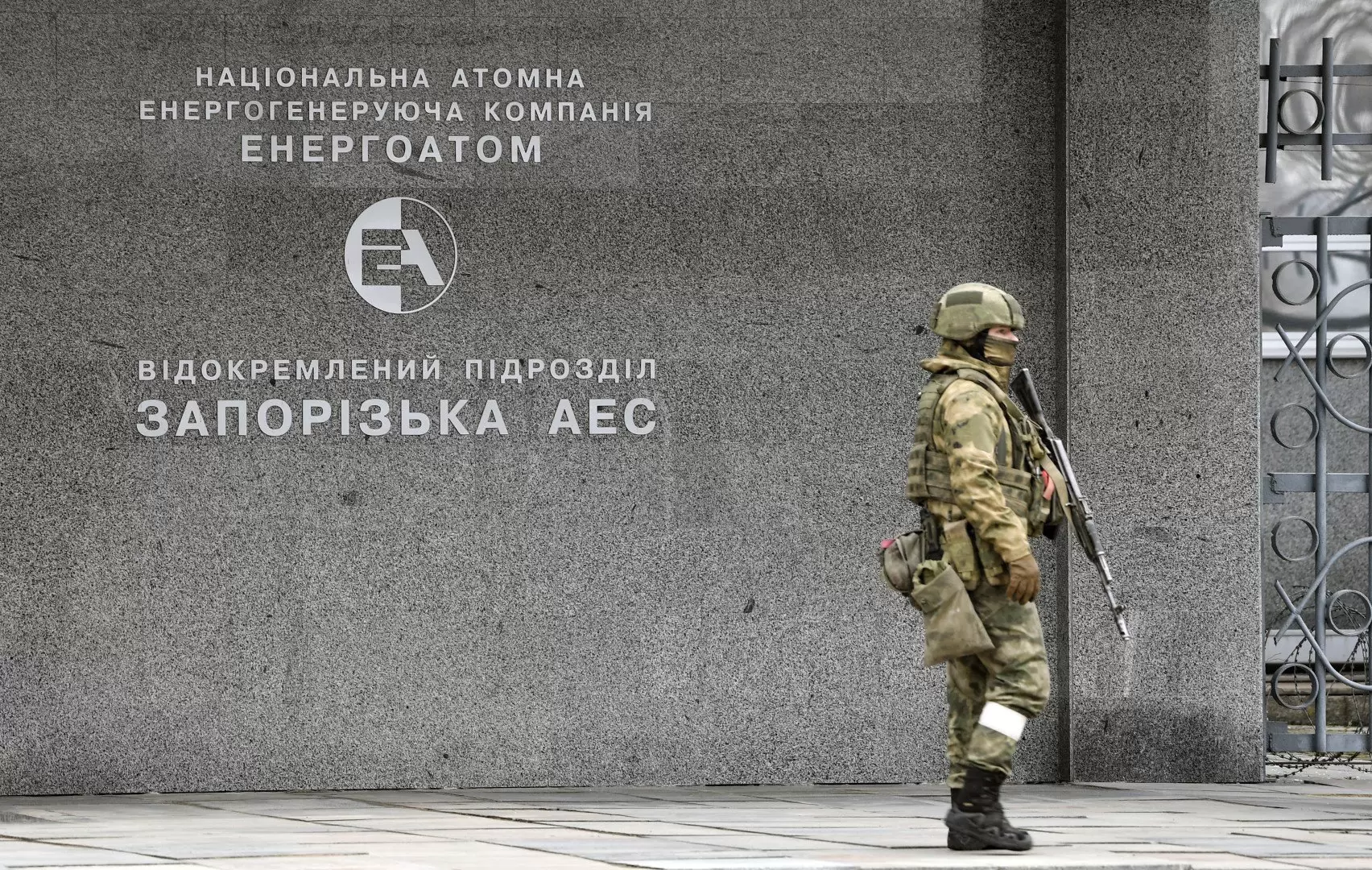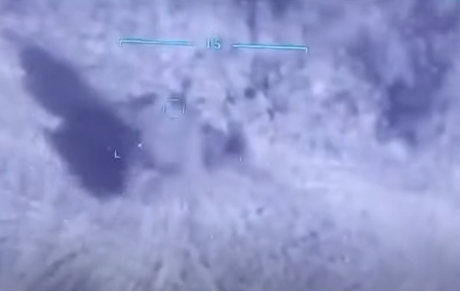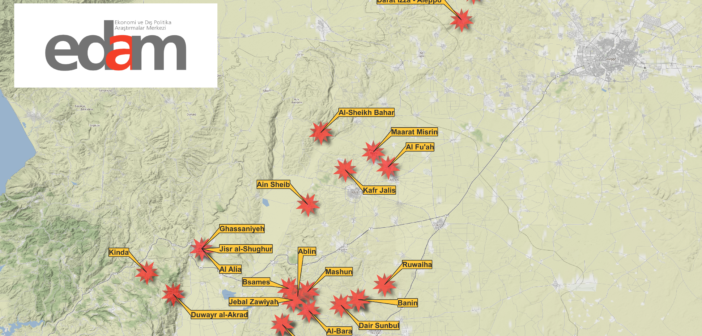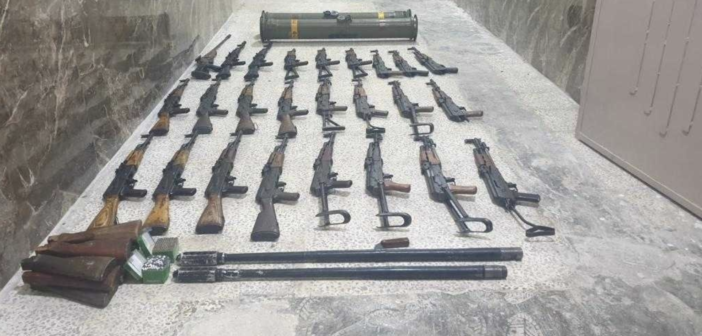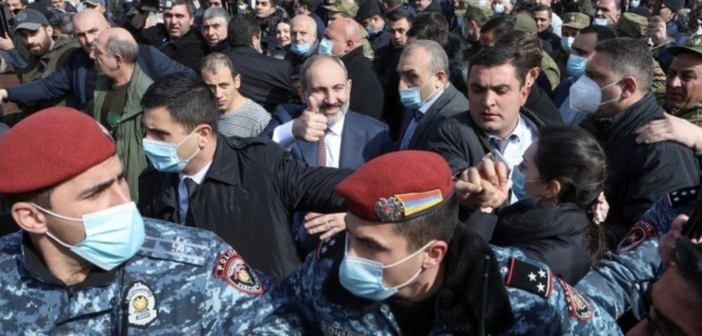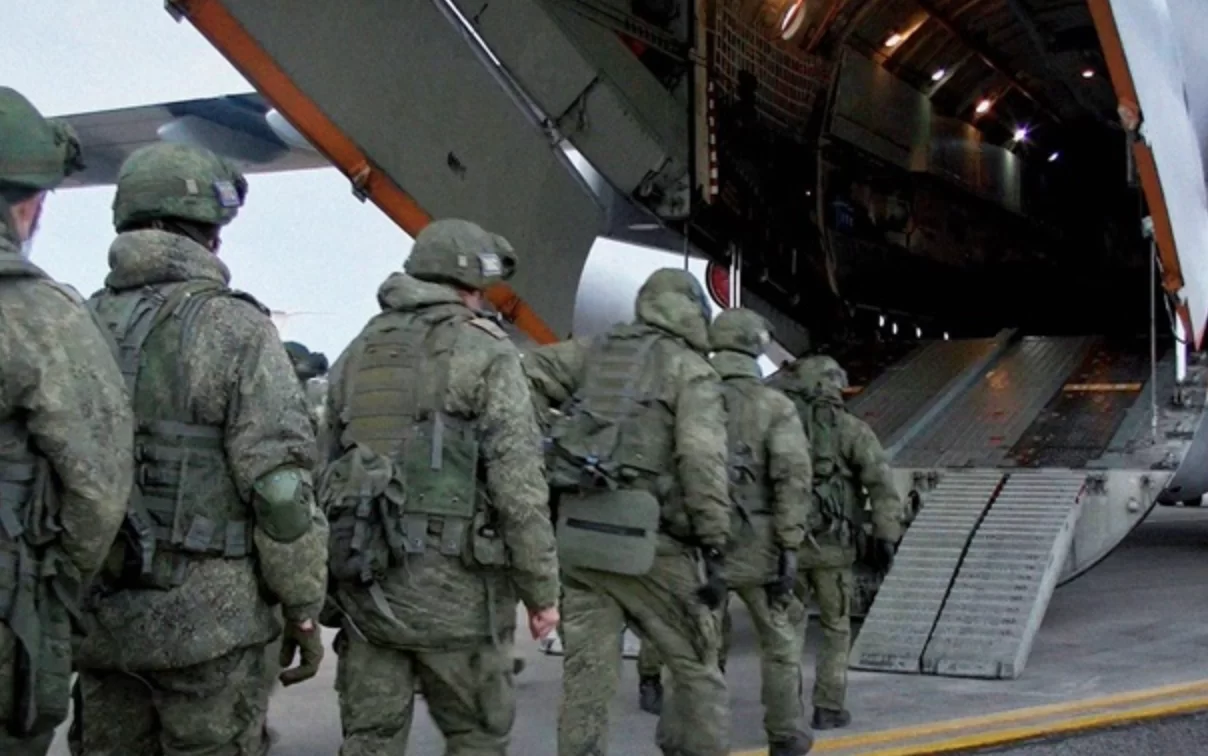
RUSSIAN AIRBORNE TROOPS (VDV) SPEARHEAD THE CSTO INTERVENTION IN KAZAKHSTAN
Executive Summary
- Detachments from the Russian Airborne Troops (VDV), the elite units of the Russian military with high combat-readiness, are deployed to Kazakhstan to spearhead the Collective Security Treaty Organization (CSTO) peacekeeping mission. With General Andrey Serdukyov, the commander of the Russian Airborne Troops, also assuming the command of the CSTO contingent, it seems that the Kremlin has delegated the campaign to its combat-proven warriors. The VDV looms large as Moscow’s leading hybrid warfare deterrent, as demonstrated in the 2014 invasion of Crimea.
- The infamous record of the Russian peacekeeping missions in Georgia and Karabakh suggests that Russia’s ‘peacekeeping’ contingents are essentially vectors for consolidating political-military dominance and staging gray-zone interventions in the former Soviet space. Besides, the ethnic Russian populace in Kazakhstan provides the Kremlin with a lucrative jumping-off point to capitalize on.
- At present, the Armed Forces of the Russian Federation have fielded a heavy build-up in the Western and Southern military districts, pursuing an escalatory path with Ukraine. The concentration of bulky conventional combat formations along the Ukrainian frontiers constrains force generation options of the Shoigu & Gerasimov military leadership for the Kazakhstan expedition. However, a limited VDV contingent can suffice for the anticipated foreign internal defense mission.
- It remains to be seen how the local populace would react to the Russian security personnel operating in the Kazakh national territory. Nevertheless, the Russia-led CSTO mission can still keep the incumbent Kazakhstan administration in power, albeit, at the expense of further eroding its sovereignty.
- Although the Organization of Turkic States (Türk Devletleri Teşkilatı) expressed “its readiness to support the people and government of Kazakhstan if needed”, the statement run late as the Russian VDV elements have already departed for the mission. More importantly, the acquis of the Organization of Turkic States does not pave the groundwork for a collective security response. The Article 4 of the CSTO’s founding treaty, however, grants such a clause. Furthermore, unlike the CSTO, the Organization of Turkic States does not enjoy a joint rapid reaction force which can be mobilized in times of crises. Overall, compared to the Russian-led CSTO intervention, Turkey and the Turkic league have little marge de manoeuvre amidst the worsening conundrum in Kazakhstan.
Force Generation Patterns
Russian military planners face certain shortcomings in the campaign due to the intensive build-up along the Ukrainian front. Many sub-units of the 41st Combined Arms Army, one of the principle combat formations of the Central Military District, have already left their garrisons for the Western Military District[1]. Likewise, Russia’s specialized unit for peacekeeping missions, the 15th Motor-Rifle Brigade, has sent some of its elements to the Russian contingent in Nagorno-Karabakh, while its remaining sub-units have joined the build-up against Ukraine.
The VDV, which is predominantly manned by professional personnel (around 80 percent), has an active manpower of some 45,000[2]. It took part in high-risk campaigns, ranging from the Russo – Chechen Wars of the 1990s to the 2014 invasion of Crimea. General Andrey Serdukyov, the commander of the Russian the Airborne Troops, is now heading the CSTO peacekeeping mission.
Russian news outlets stated that the 76th Air Assault Division and the 45th Airborne Spetsnaz Brigade were put on high-alert at the outset of the Kazakh clashes. Subsequently, the Russian Ministry of Defense-run Zvezda announced that “Ivanovo Airborne troops were sent to Kazakhstan”, referring to the detachments from the Ivanovo-garrisoned 98th VDV Division. The visuals showed land warfare platforms, including BTR-82A armored personnel carriers and the BMD-3 infantry fighting vehicles, gearing-up for the deployment.
The choice of the 98th Airborne Division to pioneer the operation makes sense, as the Russian VDV traditionally contribute to the CSTO Rapid Reaction Force with the 31st Brigade and the 98th Division[3]. At the time of writing, Izvestia reported that a broader VDV task force was dispatched to Kazakhstan, including elements from the 45th VDV Spetsnaz Brigade, the 38th VDV Signals Brigade, the 31st VDV Brigade, as well as the 76th Air Assault Division. Tajikistan, Armenia, Kyrgyzstan, and Belarus will also participate in the peacekeeping contingent.
A critical trend to monitor is whether the Russian National Guard (Rosgvardiya) will take part in the Kazakhstan mission in the future or not. Established by President Putin’s decree in 2016 and commanded by General Viktor Zolotov, a close ally of the Russian leader, Rosgvardiya is specialized in homeland security, counter-insurgency, and pacification of local resistance in occupied territories. Rosgvardiya has successfully demonstrated its strategic-level military capabilities in the summer 2021 Zaslon-21 exercises[4]. Previously, it also drilled alongside the Kazakh National Guard in the CSTO rapid reaction force preparations. So far, there has been no telltale indicator suggesting the Russian National Guard involving in Kazakhstan in addition to the VDV.
What Next?
- The Kazakhstan knot comes to the forefront as it also tests the Turkish leadership’s crisis management capabilities in the Turkic sphere through the Organization of Turkic States. So far, things have not gone bright for Turkey. Although the Organization of Turkic States has officially extended its support to the Kazakh state and people, the statement came after the Russian VDV have left for Kazakhstan. Simply put, it was a late call. Second, the Organization of Turkic States is not centered on a casus foederis clause that can mobilize a joint task force to tackle national security threats, whereas the Article 4 of the CSTO's founding treaty lays the groundwork for the Russia-led intervention upon the Kazakh administration's request.
- Some Russian experts emphasize that following the turmoil in Belarus, Kazakhstan looms large as yet another significant test for judging Moscow’s capacity to provide stability in its hinterland where bad governance mostly alienate citizens by falling short of meeting socio-economic expectations.
- The rules of engagement and scope of the Russia-led mission remains to be seen. The examples set in Karabakh and Georgia suggest that Kremlin considers peacekeeping missions to be instruments of cementing political-military penetration into the former Soviet space. The CSTO, therefore, provides Moscow with a way-out to bypass the United Nations in its interventions, while ensuring Russia’s firm dominance over other member states’ security apparatuses. Depending on the trajectory of events, the Russian VDV-led contingent can indeed save the incumbent Kazakh administration from collapse, yet, at the expense of risking Kazakhstan’s national sovereignty.
- One wildcard scenario would be a rapidly emerging mission creep for the Russian military in case the Kazakh security forces fall short of quelling the uprising. The wildcard scenario, which would necessitate more than a limited VDV effort, would be problematic for the Armed Forces of the Russian Federation amidst the ongoing tensions Kyiv.
[1] Seth G. Jones et. al. Moscow’s Continuing Ukrainian Buildup, CSIS, Kasım 2021; Rob Lee, Twitter Post, https://twitter.com/ralee85/status/1478794049469493257, Accessed on: January 6, 2022.
[2] For detailed information, IISS, Russia’s Military Modernization, 2020.
[3] Roger McDermot, “Moscow Announces the Creation of Rapid Reaction Forces—Again”, Jamestown Foundation, EDM, Haziran 2015, https://jamestown.org/program/moscow-announces-the-creation-of-rapid-reaction-forces-again/, Erişim Tarihi: Accessed on: January 6, 2022.
[4] Catherine Hodgson et.al., Russian National Guard (Rosgvardia) Demonstrates New Capabilities in First-Ever Strategic Exercise, ISW, August 2021, https://www.understandingwar.org/backgrounder/russian-national-guard-rosgvardia-demonstrates-new-capabilities-first-ever-strategic, Accessed, 6 January 2022.


